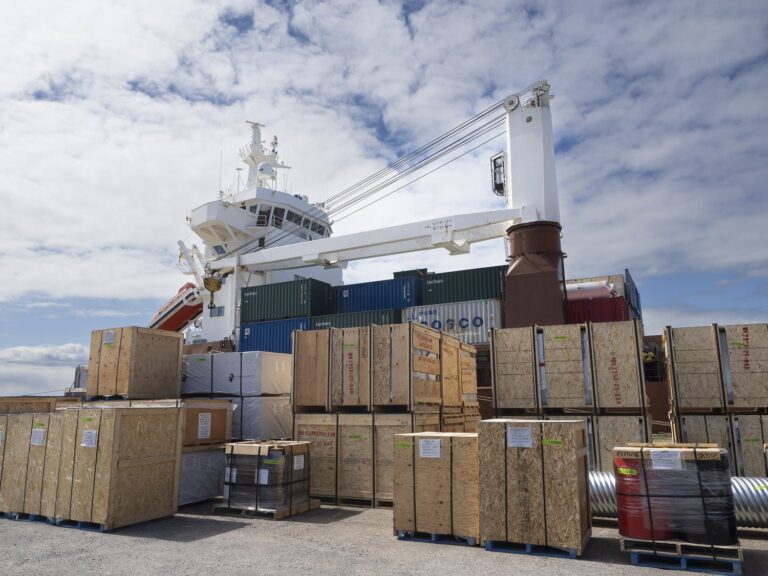According to the Canadian Construction Association (CCA), the necessary investment of $2.8 billion to build a new Civic Campus for the Ottawa Hospital will likely cost taxpayers hundreds of millions more and leave a majority of Ottawa-area construction workers ineligible to work on the vital project.
“The Canadian Construction Association and our 20,000 members across the country have been sounding the alarm about critical infrastructure gaps, but like any investment, those made in infrastructure need to be sound and supported by judicious choices,” read a statement from the Association.
An exclusive project labour agreement (PLA) between the hospital and the Unionized Building and Construction Trades of Eastern Ontario and Western Quebec prohibits contractors and workers who are not affiliated with these specific unions from bidding on, or even participating in building, the hospital’s new $2.8 billion Civic Campus.
A report by the Montreal Economic Institute (MEI) finds that The Ottawa Hospital’s restrictive PLA will stifle competition, escalating project costs by between $168 million and $525 million by 2028. The authors of the report find it unacceptable for a public entity to make taxpayers pay more by granting exclusivity to a specific group of affiliated workers.
“Not only are a large number of talented workers — many from small and medium-sized firms — barred, but, as the MEI points out, the projects are likely to cost taxpayers more than necessary as a result,” said CCA president Mary Van Buren.
According to the CCA, he Ottawa Hospital project is the latest in a series of concerning examples where public sector procurement is falling short on fair and open practices. Another such example is British Columbia’s Patullo Bridge project.
Even more concerning, given their national scale, says the Association, are the labour requirements attached to the newly introduced federal clean tax credits established in Budget 2023, which again exclude non-unionized construction workers.
“The Canadian Construction Association takes issue with these examples and others that either categorically exclude or strongly disadvantage one group of workers,” said Van Buren. “We would take a similarly forceful position if the reverse had happened and union workers had been excluded or disadvantaged.”
In every province but Quebec, non-unionized labour makes up the vast majority of the construction industry.
“As such, procurement that excludes non-unionized workers excludes most construction workers in Canada. Rather than introducing labour force restrictions, progressive buyers of construction are exploring collaborative models, with improved risk sharing and communications, and focusing on achieving excellence in project delivery,” read the statement.
“The public procurement process should not give preference to any particular individual, firm, or group. Open and fair competition creates a level and inclusive playing field, which leads to better value for money. This is good for the economy and good for Canadians.”
Featured image: (The Ottawa Hospital)











